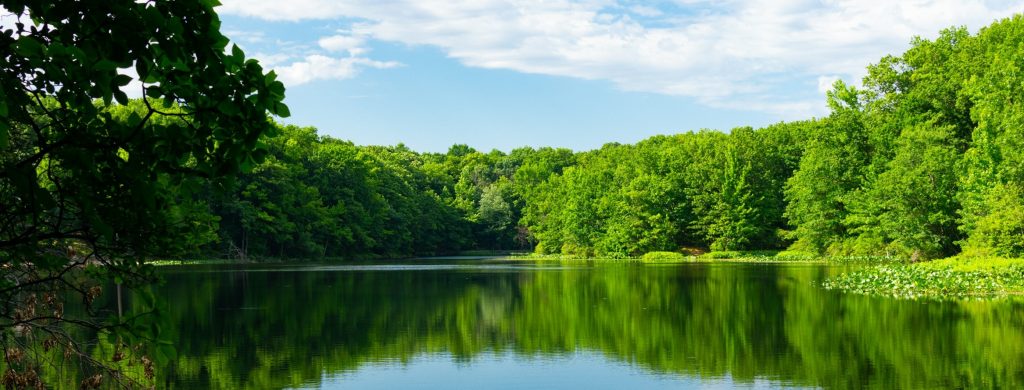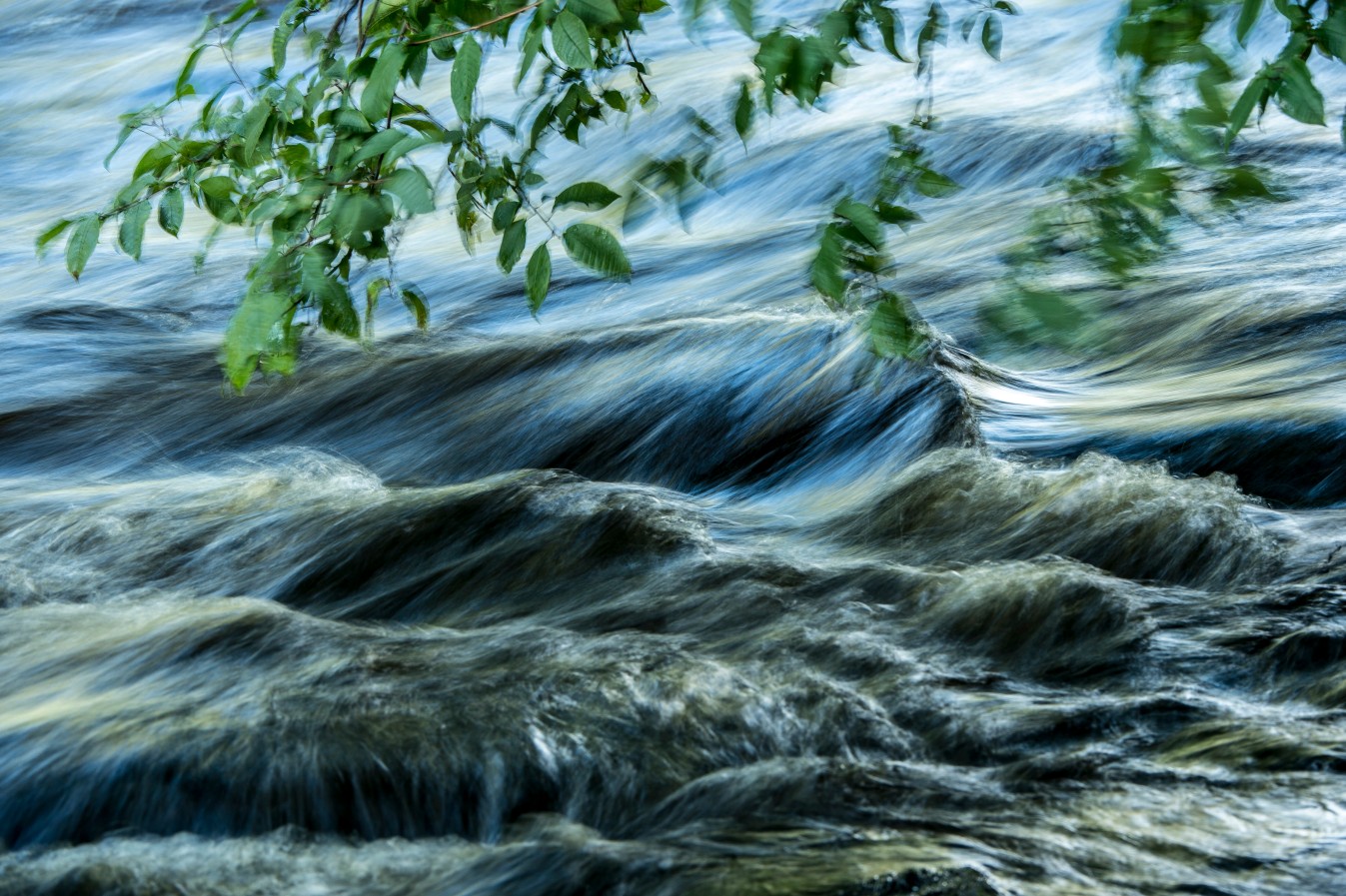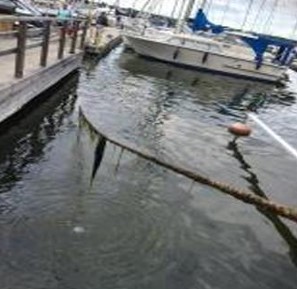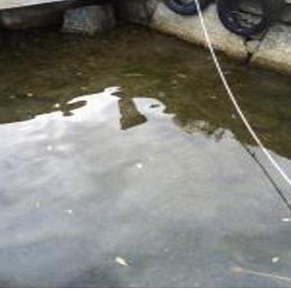
Ecological balance
Investigations and pilot tests with the BioAq water structurer have been carried out in natural water bodies such as lakes and streams, as well as in swimming pools. The tests have been conducted in various ways depending on what was being examined. Common to all investigations has been the collection of water samples and observations made before a structurer was placed in the water. New observations were made, and new water samples were collected after the structurer was deployed. This has been done at varying intervals. Among other things, the presence of algae has been studied.
Many differences have been observed after a BioAq structurer was introduced into the water. Results that have been repeatedly noted include the following:
- Green algae decrease.
- Pelagic algae decrease.
- Cyanobacteria decrease.
- Phanerogams (flowering plants) are favored.
- The depth of visibility in the water increases.
- The water becomes clearer.
- The water in swimming pools feels more pleasant to swim in.
The numerous investigations and pilot tests that have shown similar results strongly indicate a connection between improved water quality and the deployment of a BioAq structurer. This provides a strong indication that the BioAq structurer contributes to creating ecological balance in natural water bodies. Research on a larger scale will be conducted.


An example of an investigation conducted is as follows:
The guest harbor in Vaxholm had issues with extensive growth of green algae on ropes and poles. The visibility depth—sometimes less than 50 cm—had deteriorated due to algae and cyanobacteria. A BioAq structurer was placed in the harbor, and new ropes were submerged as controls. The aim was to evaluate the impact of the structurer on the presence of algae and cyanobacteria.
Two weeks after the BioAq structurer was deployed, it was reported that the visibility depth had increased to 1.5 meters. Later, a visibility depth of about 2 meters was measured.
When the old and new ropes were examined a couple of months later, it was found that the growth of green algae had significantly decreased on ropes throughout the harbor. Older green algae had, to a large extent, darkened. On the control ropes, there was only minimal growth. In other words, algae growth on the new ropes was significantly less than what had previously been considered normal in the harbor.
Pelagic algae and cyanobacteria decreased, leading to improved visibility depth.
One observation was that the ropes were more pleasant to handle and easier to clean. Boat owners appreciated the change, noting the ropes were less slimy. Below are a couple of images from the investigation:


